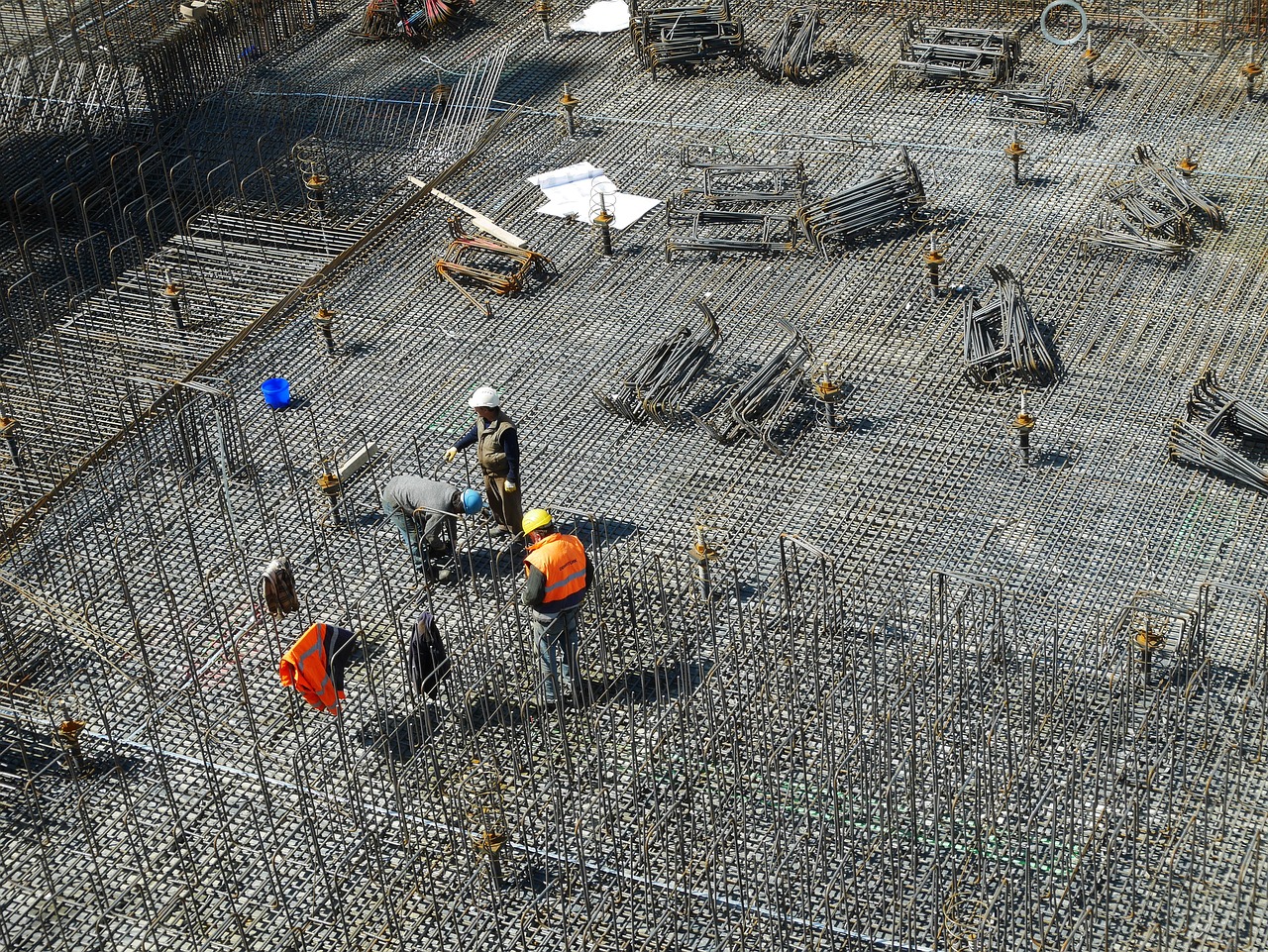Site layout plan for construction
Contents |
[edit] What are site layout plans?
Site layout plans are prepared by contractors as part of their mobilisation activities before work on site commences.
These are a crucial part of construction management, as sites can be very complex places involving the co-ordination and movement of large quantities of materials as well as high-value products, plant and people. Effectively and accurately laying out a site can help ensure that the works are undertaken efficiently and safely. Careful sizing and positioning of site facilities can help reduce travel times, congestion, waiting times, and so on, and help to make the site a more effective workplace with better worker morale.
[edit] How is a site layout plan prepared?
Site layout planning involves four basic processes:
- Identifying the site facilities that will be required.
- Determining the sizes, and other constraints for those facilities (such as access requirements, security, services and so on).
- Establishing the inter-relationships between those facilities.
- Optimising the layout of the facilities on the site.
As sites will change in nature during the course of the works, there may be a number of different site layout plans for different phases, and there may be more detailed plans showing particularly complex areas or sequences or describing specific functions.
The use of building information modelling (BIM) can help describe the construction site in three dimensions and through different phases, effectively creating a virtual construction model.
[edit] What should a site layout plan include?
Site layout plans might include locations for and sizes of:
- Zones for particular activities.
- Cranes (including radii and capacities).
- Site offices.
- Welfare facilities.
- Off-loading, temporary storage and storage areas (laydown areas).
- Sub-contractor facilities.
- Car parking.
- Emergency routes and muster points.
- Access, entrances, security and access controls, temporary roads and separate pedestrian routes.
- Vehicle wheel washing facilities.
- Waste management and recycling areas.
- Site hoardings and existing boundaries.
- Protection for trees, existing buildings, neighbouring buildings, and so on.
- Signage.
- Temporary services (including electrical power, lighting, water distribution, drainage, information and communications technology, site security systems, and so on)
- Temporary works (such as propping solutions for retained structures, sheet piling details, and so on).
- Areas for the construction of mock-ups for testing.
- Fabrication facilities.
[edit] Why is a site layout plan necessary?
Problems caused by poor site layout planning can include:
- Inappropriate storage which can result in damage to products and materials.
- Poor siting of plant.
- Poor siting of welfare facilities.
- Inadequate space provision.
- Unsatisfactory access.
- Security and safety issues.
- Poor way finding (due to complex layouts or inadequate signage).
- Demoralised workers, delays and increased costs.
See also: Contractor's site layout planning and Virtual construction model.
[edit] Related articles on Designing Buildings
- Construction phase plan.
- Construction strategy.
- Contractor's site layout planning.
- Haul road.
- Lay down area.
- Lighting of construction sites.
- Main construction compound.
- Mobilisation to site: a quality perspective.
- Pre-construction information.
- Safety signs.
- Site area,
- Site facilities.
- Site office.
- Site plan.
- Site storage.
- Temporary site services.
- Temporary works.
- Virtual construction model.
- Welfare facilities.
- Wheel washing system.
Featured articles and news
Infrastructure that connect the physical and digital domains.
Harnessing robotics and AI in challenging environments
The key to nuclear decommissioning and fusion engineering.
BSRIA announces Lisa Ashworth as new CEO
Tasked with furthering BSRIA’s impressive growth ambitions.
Public buildings get half a million energy efficiency boost
£557 million to switch to cleaner heating and save on energy.
CIOB launches pre-election manifesto
Outlining potential future policies for the next government.
Grenfell Tower Inquiry announcement
Phase 2 hearings come to a close and the final report due in September.
Progress from Parts L, F and O: A whitepaper, one year on.
A replicated study to understand the opinion of practitioners.
ECA announces new president 2024
Electrical engineer and business leader Stuart Smith.
A distinct type of countryside that should be celebrated.
Should Part O be extended to existing buildings?
EAC brands heatwave adaptation a missed opportunity.
Definition of Statutory in workplace and facilities management
Established by IWFM, BESA, CIBSE and BSRIA.
Tackling the transition from traditional heating systems
59% lack the necessary information and confidence to switch.
The general election and the construction industry
As PM, Rishi Sunak announces July 4 date for an election.
Eco apprenticeships continue help grow green workforce
A year after being recognised at the King's coronation.
Permitted development rights for agricultural buildings
The changes coming into effect as of May 21, 2024.























Comments
[edit] To make a comment about this article, click 'Add a comment' above. Separate your comments from any existing comments by inserting a horizontal line.